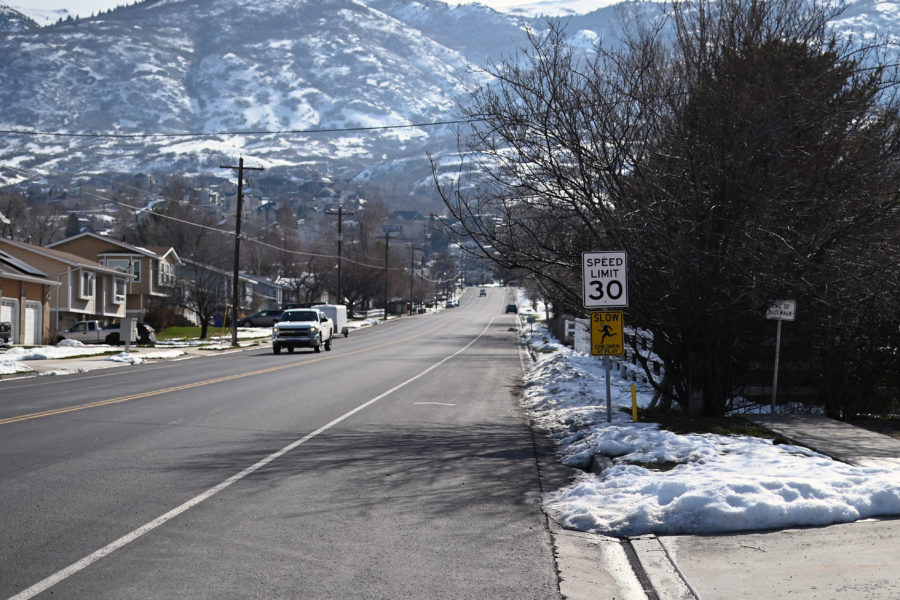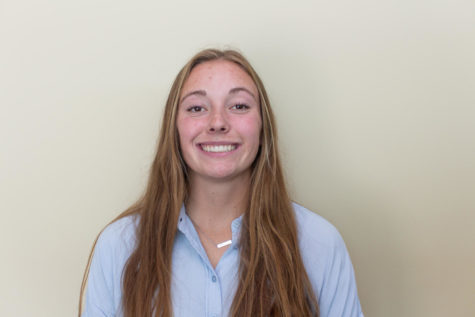Glovers Lane’s sigh of relief
Residents in and around Glovers Lane in Farmington have taken a sigh of relief and feel a weight lifted off their shoulders after the Utah Department of Transportation announced on May 8 that it would not put an interchange on Glovers Lane.
Instead of the proposed interchange, UDOT decided it will be going with a combination of option A, which improves the interchange already on 200 West and some of the work that will be starting on Farmington State Street.
Residents have celebrated because Option B is finally off the table. Option B was the most destructive to the area.
According to UDOT’s Environmental Impact Statement, Option B would take 21 homes and have significant negative repercussions on the surrounding residential areas. The report also stated that they received many public comments against option B, so they eliminated the option due to the significant impacts on the area.
Tammy Hardy, a resident in the area and member of the committee of stakeholders for UDOT, said the team she worked with was helpful and listened.
“I feel like a weight has been lifted off my shoulders,” Hardy said. “I now don’t have to go look for a new home.”
According to the EIS, Option C was also taken out due to not meeting the traffic needs. Option A is the least destructive and still meets the traffic needs, but UDOT is modifying it to connect with the work they will begin on State Street.
In the EIS, UDOT explained there are now two options for Option A. In both, three homes will be taken, but the main difference is where the Frontage Road will connect in — either where it is now on 400 West, or out to State Street.
Hardy said UDOT wants to hear from residents living in and around State Street to help make this decision. Hardy also said the conversations those living on Glovers Lane had with UDOT helped make the decision and show how destructive Option B would’ve been.
Hardy said UDOT especially wants to talk to those three homes that will be taken to find the best course of action for those residents.
These two options will now go for another round of public comment, as well as UDOT’s land surveying to decide which option they will go with.












